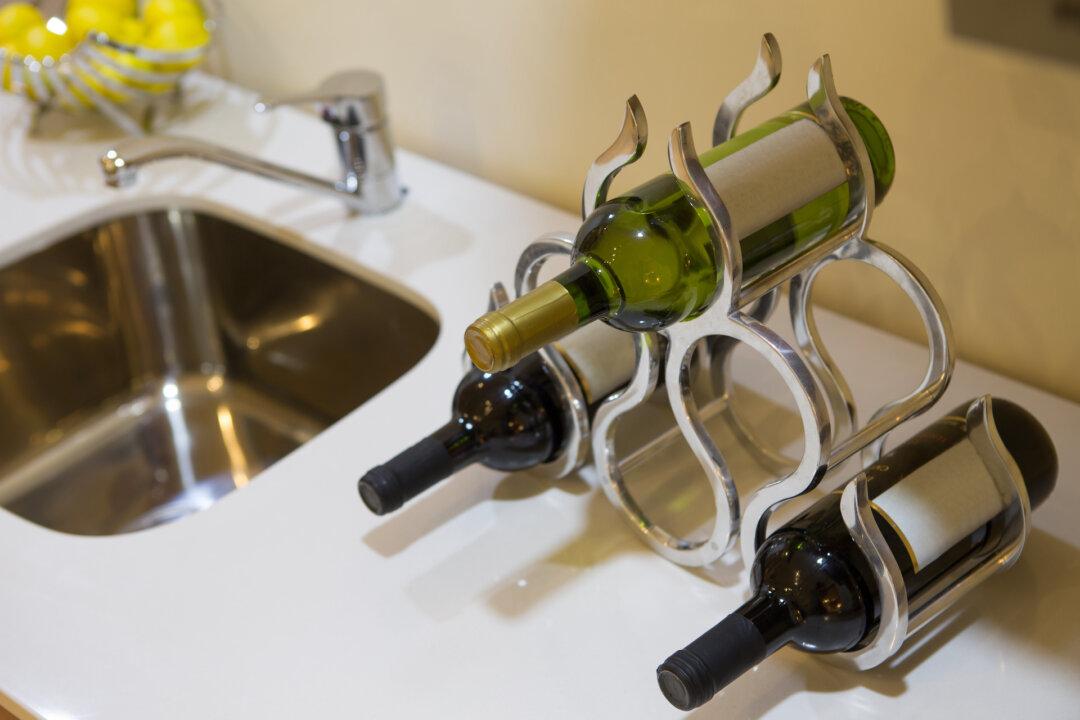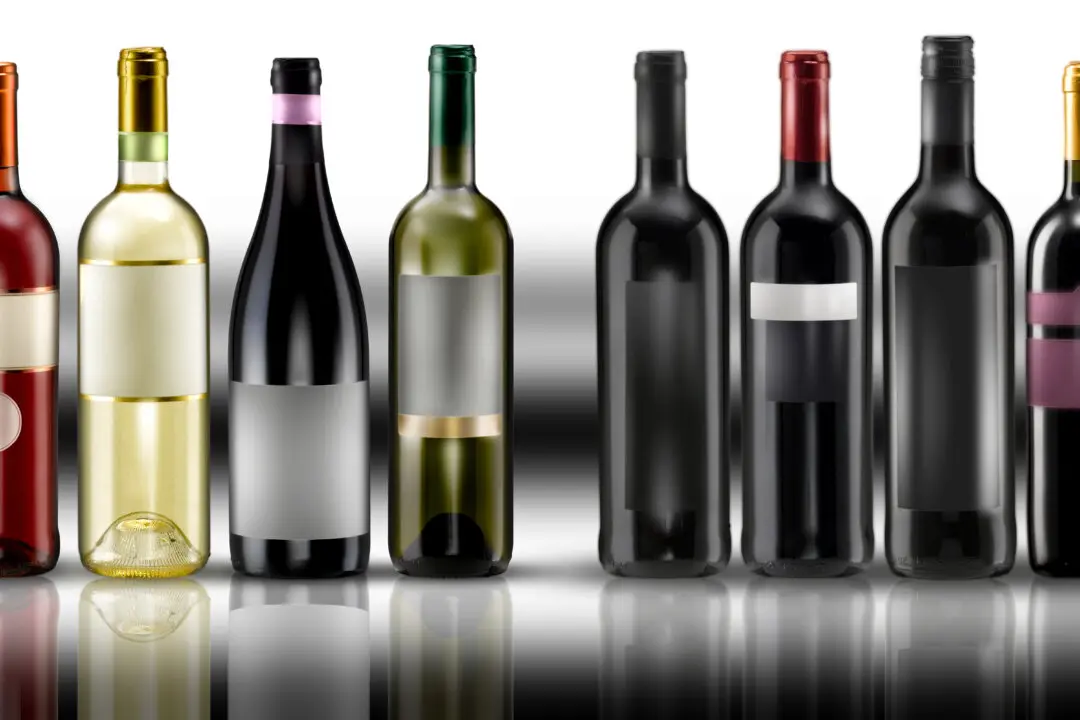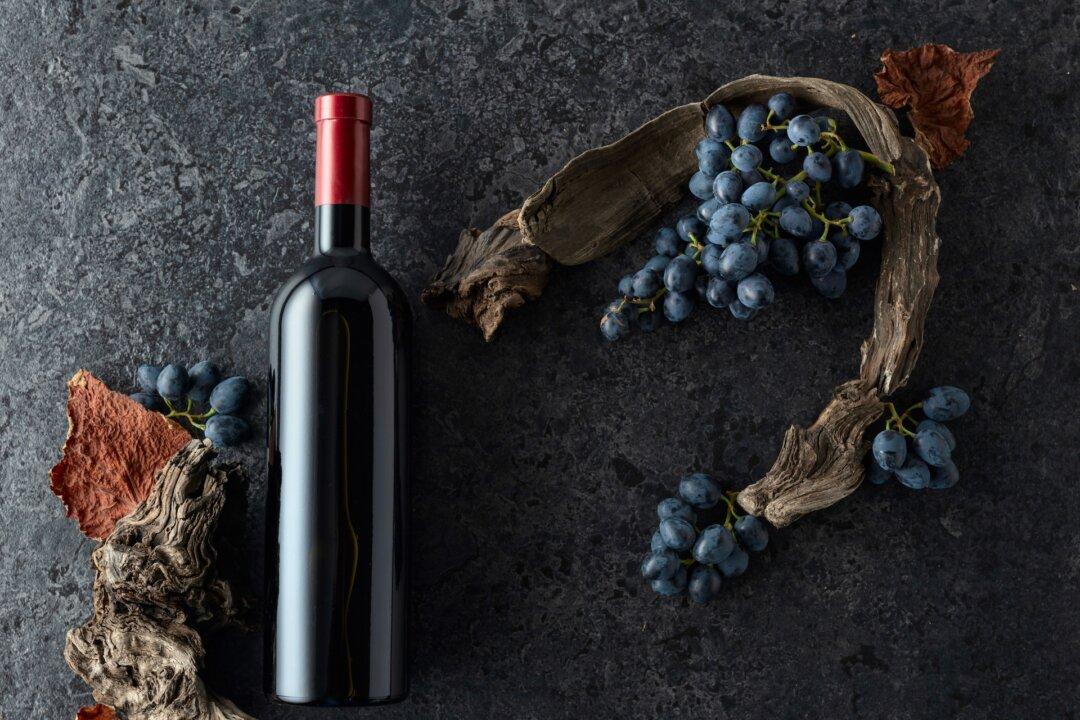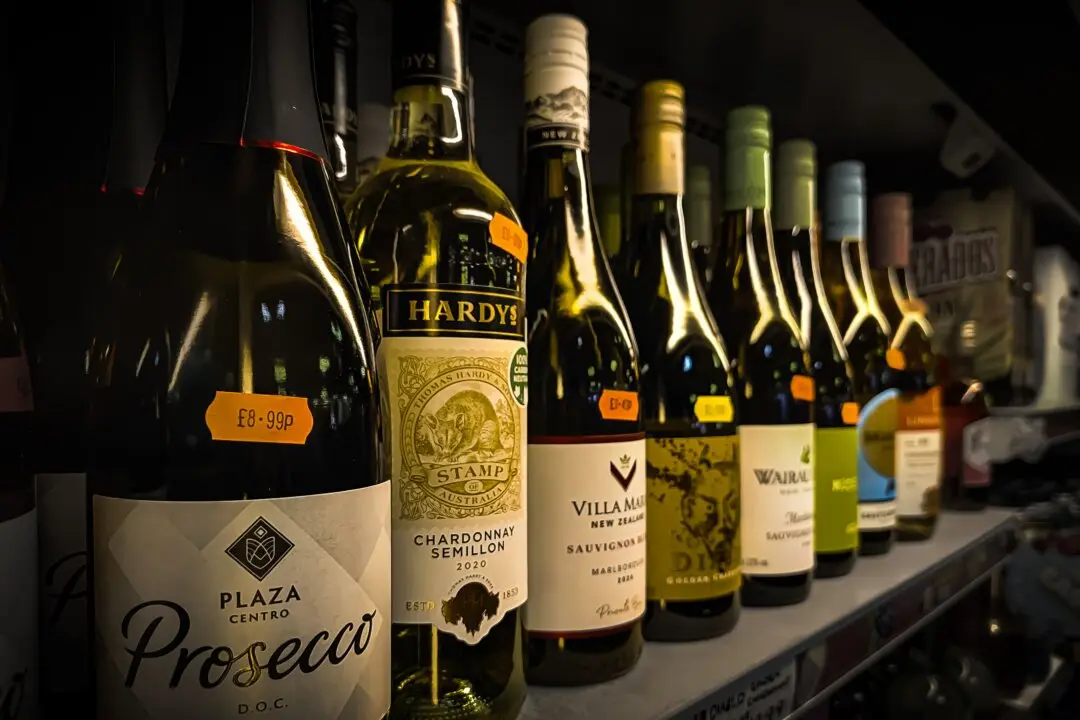Starting a wine cellar isn’t complicated, but once you decide to stash 20 or 30 bottles of wine, a key decision is where it should go.
The worst location is where it is 70 degrees F or more. Wine is fragile and, like beer, must be kept cool to retain freshness and perhaps even improve in the bottle. Cooler is better.





